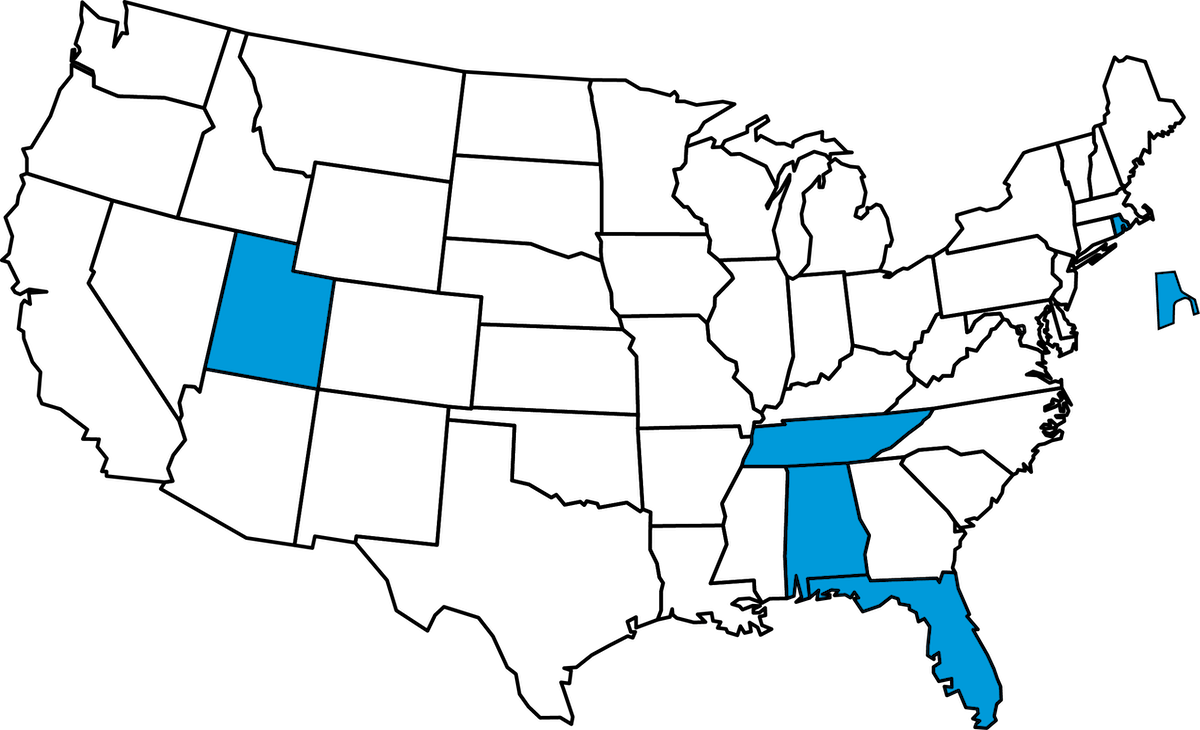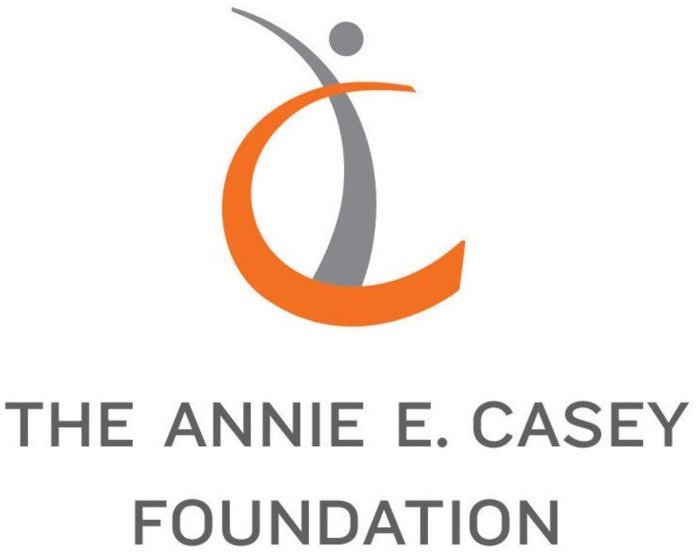
Evidence2Success®
Strategies for Community Impact on Youth Well-being

Evidence2Success®
Strategies for Community Impact on Youth Well-being
UNDERSTANDING WHAT WORKS
UNDERSTANDING WHAT WORKS
Evidence2Success® Action Guides
“Work on youth issues happens in silos.” Sound familiar? Without coordination, it’s hard to know who is doing what, how funding dollars are allocated or spent, or whether the most pressing youth priorities are even being addressed. If these are issues in your work, the Evidence2Success Action Guides are for you.
This five-part series examines over a decade of process evaluation data from communities working collectively to impact the well-being of local youth using tools and strategies from Evidence2Success. The series outlines the benefits and lessons learned about what worked in six communities – and what could be implemented in your community as well.
ACTION GUIDE 4
Adapting to Culture and Context
This action guide explores capacity building by centering the racial and ethnic demographics, current events and historical background, and practices, power dynamics, and experiences of community members.
COMING SOON
ACTION GUIDE 5
Community-Assured Quality for Programs
This action guide explores the benefits of community participation in evidence-based programs, from selection to implementation to monitoring for fidelity, with attention to the specific community context.
COMING SOON
Evidence2Success
Evidence2Success®
Empowering Community Coalitions
In 2012, community leaders from Providence, Rhode Island, signed on with the Annie E. Casey Foundation as the pilot site for implementing a new collective impact, systems-change initiative called Evidence2Success. The team from the Edna Bennett Pierce Prevention Research Center at Penn State was tasked to collect data on how things happened and what worked all along the way.
Using Evidence2Success strategies and support, Providence dug in. Within four years, the coalition had involved community leaders, including youth, in collecting and reviewing data, and determining priorities for improving youth well-being. It had leveraged over $1.2 million dollars in public system dollars for prevention and had begun implementing six tested, effective programs. Then, using youth survey and outcome data, it had secured $1.8 million in federal funds to sustain the plan over time.

The Evidence2Success framework has now been implemented in five more communities—Selma City, Alabama; Kearns, Utah; Mobile, Alabama; Memphis, Tennessee; and, Miami, Florida. Benefits have accrued to each community and have built over time.
More information about our research team and the methods that we use to evaluate community programs can be found on the PRC website.
Everyone is just trying to make ends meet, fighting for the same crumbs. When you start thinking more strategically, collecting the information, it is an easier sell, easier to get people committed to funding for the long-term.






